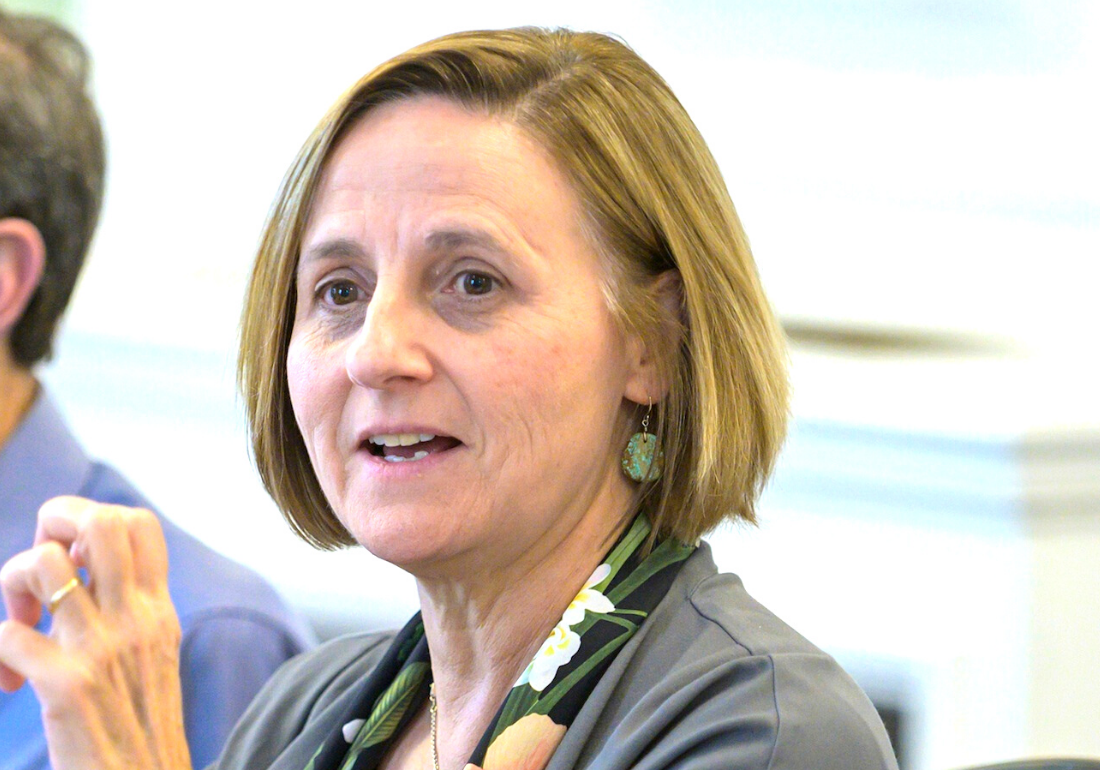In October, we posed 9 new challenges to the research community, each with the potential to change the way we think about cancer. Through our new blog series, members of our Cancer Grand Challenges Scientific Committee reflect on where a global, multidisciplinary team could take us with each challenge. Here, Professor Crystal Mackall shares her thoughts on solid tumours in children.
It never ceases to amaze me how much technology has come on over the past few decades. I think about the computer I had when I was a fellow: a 512K Macintosh, this funny little thing with a tiny screen and a floppy disc. And then I think about the devices we have now. I’ve been a pediatric oncologist for nearly 30 years, and it’s remarkable when you reflect on how much has happened technologically in that time.
In stark contrast, most patients that I see are still treated the way they were when I was a fellow. Pediatric oncologists are still delivering therapy that is largely based on chemotherapeutics, which are frankly poisonous in both the short and the long term, and we spend most of our time managing toxicities. And for some pediatric cancers, the treatments don’t work at all.
We must do better.
But I do think we’re approaching this Cancer Grand Challenge from a position of strength. I’m a firm believer that clinical progress starts in the laboratory, and we’re a lot smarter about the biology of some pediatric cancers than we were 2 or 3 decades ago. We’ve successfully built on this knowledge for some hematological cancers. For example, the use of tyrosine kinase inhibitors as an effective targeted therapy for BCR/ABL-positive acute lymphoblastic leukemia came about after we gained a deeper understanding of the disease. Recent innovations have led to the approval of chimeric antigen receptor (CAR) T cell therapy for certain B cell malignancies, and its application continues to expand for pediatric blood cancers.
The success of other immunotherapies has largely passed solid childhood cancers by. Checkpoint inhibitors, for example, have revolutionized the way some cancers are treated, such as melanoma. This has predominantly been in adult tumors, which tend to carry a higher mutational burden. But most solid pediatric cancers aren’t driven by that kind of oncogenic profile, with many instead associated with dysregulated epigenetics. There’s still much to learn about the immune standpoint of these conditions, and how to target these vulnerabilities immunologically, but we are making headway in our understanding. Translating the success of immunotherapy to solid tumors in children could be hugely impactful. As an immunotherapist, I think we’re standing at the precipice of how we treat cancer in general.
The pediatric oncology field has historically been a model of collaboration, particularly closer to the clinic. After all, with comparatively few global cases of pediatric cancer, necessity is the mother of invention. But it’s time to build upon stepwise advances and drive conceptual leaps in progress for our patients. And it probably needs to be driven by academia: market incentives make it unlikely that industry will lead on this effort. Teams could approach this challenge in a number of different ways, translating discoveries from the bench to the bedside and incorporating just as vigorous a reverse translation program, to learn as much as we can about the behavior of therapeutics once they’ve been administered. Ultimately, the challenge calls for disruptive proposals that unite diverse global teams.
Medical progress is iterative – and it’s intimately linked to our understanding of the disease we’re trying to treat. Rarely do you get a home run in the first round. But with this Cancer Grand Challenge, we have an opportunity to think differently and make real progress for some of the most vulnerable in our society.
Find out more about the solid tumours in children challenge. Think you’ve got what it takes? For information on how to apply, click here.
